Reducing greenhouse gas emissions, promoting the use of clean energy and renewable energy; greening production; greening lifestyles and sustainable consumption are three strategic tasks set forth by the Vietnamese Government in Decision No. 1393/QD-TTg approving the National Strategy on Green Growth for the 2011-2020 period and vision to 2050. Not only contributing to ensuring national energy security, these are also leading solutions, expected to make important contributions to Vietnam's Net Zero goal by the mid-21st century. Despite many difficulties in technology and finance, Thanh Hoa has been taking actions to accompany this goal.
 Operation room of the residual heat recovery system of Long Son Cement Factory (Bim Son town).
Operation room of the residual heat recovery system of Long Son Cement Factory (Bim Son town).
From green economic "models"
Returning to Long Son Cement Company, in addition to effectively participating in the electricity demand management (DSM) program, adjusting electricity load (DR) with optimal electricity saving solutions, thanks to the synchronous installation of a residual heat recovery system, each year Long Son Cement Factory also produces 260 million kWh of electricity. This amount of electricity meets more than 40% of the factory's electricity needs. It is estimated that each year, the enterprise saves from 300 - 400 billion VND from electricity bills.
According to Production Director Truong Van Loi, this excess heat recovery system currently has a capacity of 35MW and operates according to the following mechanism: The SP system collects heat at the back of the heat exchange tower, the AQC system collects heat from the clinker kiln and cools the clinker... to generate electricity. The factory supplies this amount of electricity to the 110kV power station, then supplies it back to the factory.
“If this excess heat is not recovered to generate electricity, it will be released into the environment, causing pollution, warming the air and increasing the greenhouse effect due to CO2 emissions. Utilizing excess heat to generate electricity not only helps businesses take the initiative in their electricity sources, especially during peak hot weather, contributing to reducing the load on the electricity industry, but is also a big “plus” in the criteria for green production,” added Production Director Truong Van Loi.
At Lam Son Sugarcane Joint Stock Company (Lasuco), along with the process of upgrading the sugarcane pressing line, from 2012 to present, Lasuco has installed a bagasse power generation system with backpressure turbine technology and medium and high pressure steam extraction turbines. With a capacity of 33.5MW, in addition to solving environmental problems arising from the sugar factory, when the pressing season is at its peak, the factory not only has its own power source but also has up to 50% of the remaining electricity output sold to the national grid through the Vietnam Electricity Group.
Mr. Le Quang May, Director of Biomass Power Plant, Lasuco said: “Typically, in the last fiscal year (from July 2023 to July 2024), the biomass power plant produced nearly 49.4 million kWh of electricity. In addition to meeting the factory's own electricity needs during the production season, Lasuco sold more than 19.3 million kWh to the national grid.”
It is known that with environmentally friendly electricity generation, Lasuco was traded carbon credits in 2012 at a price of 7.8 Euros (9 USD) per ton of CO2 under the clean development mechanism. With this credit transaction, from 2012-2020, each year helps Lasuco have an additional income of about 430,000 USD, equivalent to 10 billion VND per year.
 Produced on modern technological lines and clean energy, Lam Son Sugarcane Joint Stock Company's products have conquered many demanding markets.
Produced on modern technological lines and clean energy, Lam Son Sugarcane Joint Stock Company's products have conquered many demanding markets.
In addition to the circular economic models at Long Son Cement Company and Lam Son Sugarcane Joint Stock Company, many other enterprises, especially garment factories in Thanh Hoa province, have also installed solar power systems to proactively source electricity for production, contributing to reducing pressure on the national grid, such as Hue Anh Company Limited (Bim Son town), Hoang Tung Garment Company Limited (Nong Cong)...
Typically, at 888 Company Limited (Quang Hop Commune, Quang Xuong), in 2020, the company invested 8 billion VND to install a 750KWp rooftop solar power project at workshop No. 2. In the summer, the system meets 80 - 90% of the factory's electricity demand and reaches 40 - 50% in the winter. According to Mr. Le Van Bac, CEO of 888 Company Limited, according to calculations, the system will recover its capital after about 7 years, while the project has a lifespan of about 20-25 years. More importantly, the use of clean energy and renewable energy also helps the company gradually approach the criteria of green production - a production standard that is increasingly focused on by demanding customers in the world such as the US and EU.
Come to the methodical plans
In the world today, the trend of green industrial development focuses on two main goals: limiting CO2 emissions and toxic chemicals from industrial parks and export processing zones into the environment; at the same time, researching and developing new, clean energy sources for industrial production, such as wind energy, solar energy, bio-energy and new, environmentally friendly technical machinery. Enterprises will be highly appreciated when they are assessed as green enterprises, with production processes that consume less energy, save resources, and minimize emissions.
The Nghi Son LNG Thermal Power Plant Project is attracting the attention of 5 groups of domestic and international investors. According to economic experts, LNG electricity is a type of energy expected to help reduce carbon emissions, thereby minimizing negative impacts on the environment and atmosphere. Liquefied natural gas (LNG) is widely used in many fields, especially replacing dry gas to serve the gas needs of power plants. LNG electricity also has the advantage of being flexible, ensuring uninterrupted supply due to weather factors. LNG is also considered a "bridge fuel" in the transition from fossil fuels to greener, cleaner, more environmentally friendly fuels. |
Especially now, when Vietnam has joined the new generation of Free Trade Agreements (FTAs), in addition to "benefiting" from the tax reduction roadmap, non-tariff "barriers" such as commitments on environmental protection, clean energy use and low emissions are one of the important criteria that Vietnamese enterprises need to meet. In this context, some enterprises in the province have also gone ahead and taken the lead in researching and equipping standards related to the goal of "reducing carbon footprint", improving competitiveness and moving towards sustainable development.
Returning to Lam Son Sugarcane Joint Stock Company, currently, many products processed from Lasuco's agricultural products such as: fresh red ginseng sugarcane, fresh kumquat sugarcane, fresh pineapple sugarcane, fresh peach sugarcane, fresh orange and lemongrass sugarcane... along with products such as: brown rice milk, red bean milk, fruit milk... have been exported to the US, EU and Japanese markets... However, not only stopping at product quality, the company is continuing to research, aiming for a greener, cleaner, more energy-saving production process.
“We are continuing to search for additional fuel sources, while increasing the operating time of the sugar factory to 9-10 months/year by proactively sourcing raw materials from bagasse and acacia husks to utilize residual heat to generate clean electricity. Along with researching and investing in additional solar power systems, we will continue to reduce grid electricity consumption, aiming to not have to buy national grid electricity, contributing to reducing greenhouse gas emissions in the future. Along with that, Lasuco's greenhouse gas emission reduction program is also being actively implemented. In addition to conducting greenhouse gas inventories for the production and business units under Lasuco, we are also implementing a carbon offset project for the sugarcane area that has been signed with the cooperation agreement between the three parties Lasuco - Sagri (Singapore consulting unit) - Idemitsu (Japan's emission reduction purchasing unit)", said Le Quang May, Director of the Biomass Power Plant, Lam Son Sugarcane Joint Stock Company.
With a systematic roadmap for the "green economy" journey, on October 18, 2023, the Provincial People's Committee issued Decision No. 3825/QD-UBND on promulgating the action plan on green growth in Thanh Hoa province for the period 2021-2030. Accordingly, through a group of tasks and solutions on communication, education and raising awareness of aspects of green growth, such as circular economy, green lifestyle, green production and green consumption (supporting green/eco/energy labeled products...), it is expected to change behavior in terms of increasing recycling, using energy efficiently, minimizing waste, plastic waste and being resilient to climate change. Thanh Hoa strives to reduce greenhouse gas emissions by 23% compared to the normal development plan by 2030; of which, the voluntary local reduction is 13%; the remaining 10% is the reduction with national and international support.
Along with awareness communication, the plan also sets out many major goals and "assigns" the responsibility to the industry and trade sector in advising on planning for the development and use of renewable energy, such as: Stipulating annual sanctions for the application of renewable energy ratio standards for power generation and distribution units in line with the goal of reducing emissions. Effectively implementing the National Energy Master Plan for the 2021-2030 period, with a vision to 2050, the National Power Development Plan for the 2021-2030 period, with a vision to 2050 in the province in line with the goal of reducing greenhouse gas emissions, moving towards eliminating coal-fired thermal power before 2040. Implementing the national program on economical and efficient use of energy; attracting investment in the development of clean energy, renewable energy and new energy to ensure energy security for industrial and commercial development in the province...
Currently, the whole province has 5 power generation systems utilizing residual heat with a total capacity of 99.2MW; 619 rooftop solar power systems with a total capacity of more than 57MW. After the rooftop solar power systems came into operation, they helped reduce the load from 0.5% to 2.1% for the 35KV, 22KV, 10KV lines and the 0.4KV low voltage grid connected to it, contributing to reducing the load for 110KV stations and load transformer stations. |
According to the Department of Industry and Trade, with the roadmap for renewable energy development, implementing Resolution No. 58-NQ/TW dated August 5, 2020 of the Politburo "On the construction and development of Thanh Hoa province to 2030, with a vision to 2045", which has the orientation of "making Thanh Hoa province one of the major centers of the North Central region and the whole country in heavy industry, focusing on the development of energy and processing and manufacturing industries", the Provincial People's Committee has proposed to the Prime Minister and the Ministry of Industry and Trade to plan and approve in the National Power Development Plan for the period 2021-2030, with a vision to 2050 (Power Plan VIII) a number of new renewable energy projects, including 1 Nghi Son LNG gas power project with a capacity of 1,500 MW and 2 wind power projects. In addition, Thanh Hoa Provincial People's Committee has also reported to the Ministry of Industry and Trade and the Prime Minister to soon approve the addition of a number of new renewable energy projects to the VIII power plan such as: Nhu Thanh Biomass Power Plant (10MW), Nghi Son Waste-to-Energy Plant (20MW), Tho Xuan Waste-to-Energy Plant (12MW).
Mr. Le Tien Dung, Deputy Director of the Department of Industry and Trade, said: "Currently, the Nghi Son 1,500MW LNG Thermal Power Plant Project has been approved by the Chairman of the Provincial People's Committee for investment policy. The Management Board of Nghi Son Economic Zone and Industrial Parks is conducting bidding to select investors to implement the project, and is expected to complete the selection of investors in September 2024. For the two Bac Phuong - Nghi Son wind power projects with a capacity of 100MW and the Muong Lat wind power project with a capacity of 200MW, the Provincial People's Committee has also approved the installation of wind measuring columns. In the coming time, the Department of Industry and Trade will coordinate with the Department of Planning and Investment, the Management Board of Nghi Son Economic Zone and Industrial Parks to soon select investors for these projects, putting the plants into operation on schedule according to the VIII Power Plan".
Article and photos: Minh Hang
Last post: Saving electricity is patriotism!
Source: https://baothanhhoa.vn/to-quoc-can-dien-nhu-co-the-can-mau-bai-4-kinh-te-xanh-thanh-hoa-dong-hanh-221825.htm




![[Photo] General Secretary To Lam receives Russian Ambassador to Vietnam](https://vstatic.vietnam.vn/vietnam/resource/IMAGE/2025/4/2/b486192404d54058b15165174ea36c4e)


![[Photo] Third meeting of the Organizing Subcommittee serving the 14th National Party Congress](https://vstatic.vietnam.vn/vietnam/resource/IMAGE/2025/4/2/3f342a185e714df58aad8c0fc08e4af2)
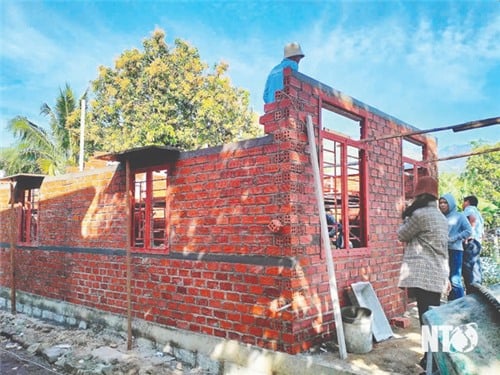
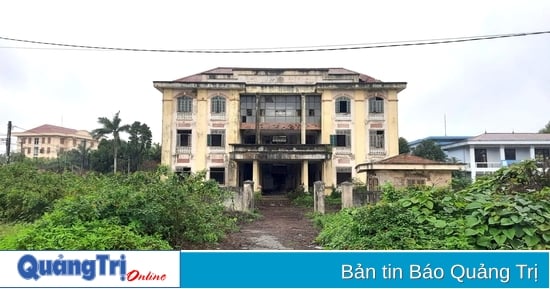

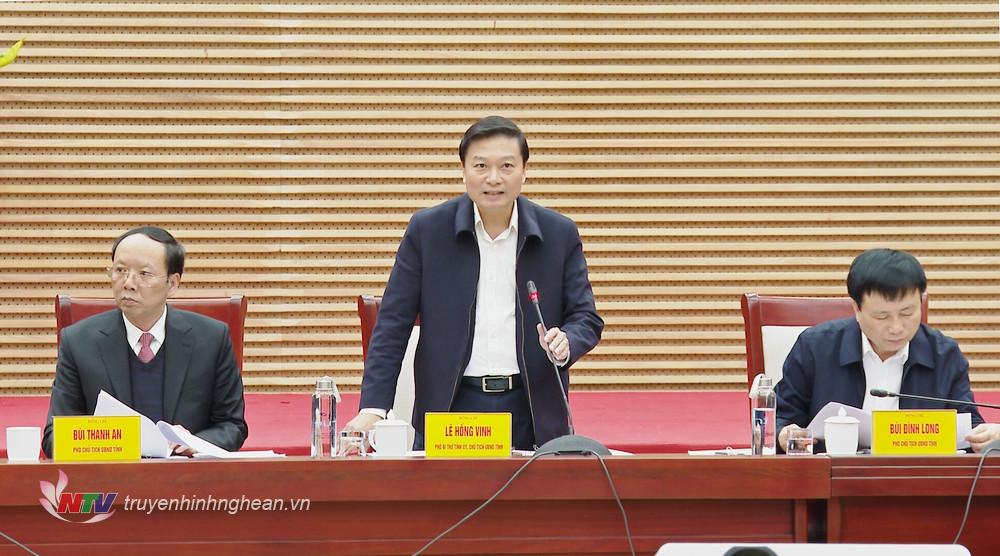

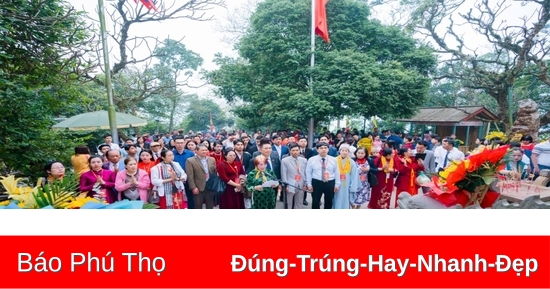
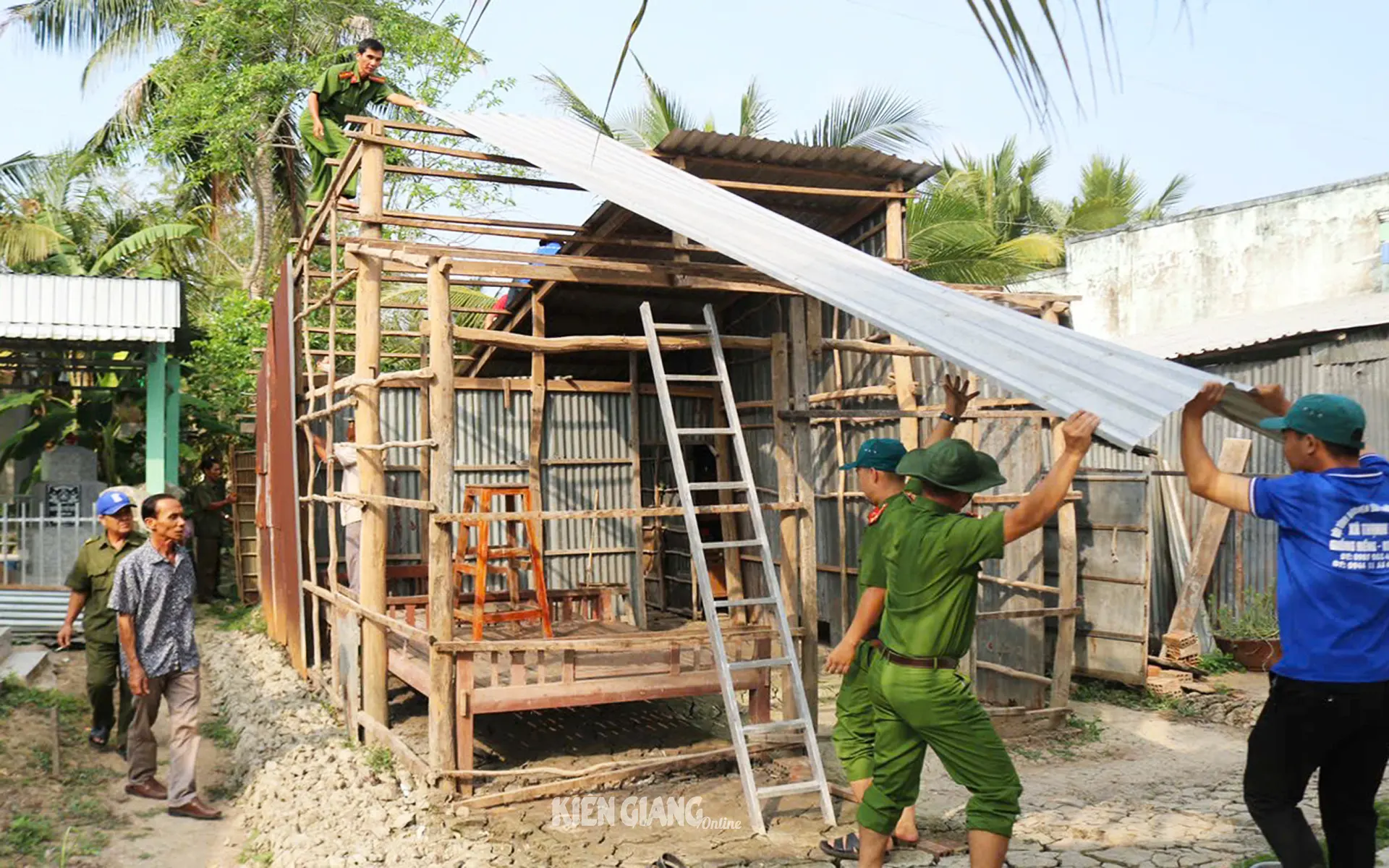
![[Podcast] News April 2, 2025](https://vstatic.vietnam.vn/vietnam/resource/IMAGE/2025/4/2/eaa5bcbdb47a439bb7c43a417033535c)
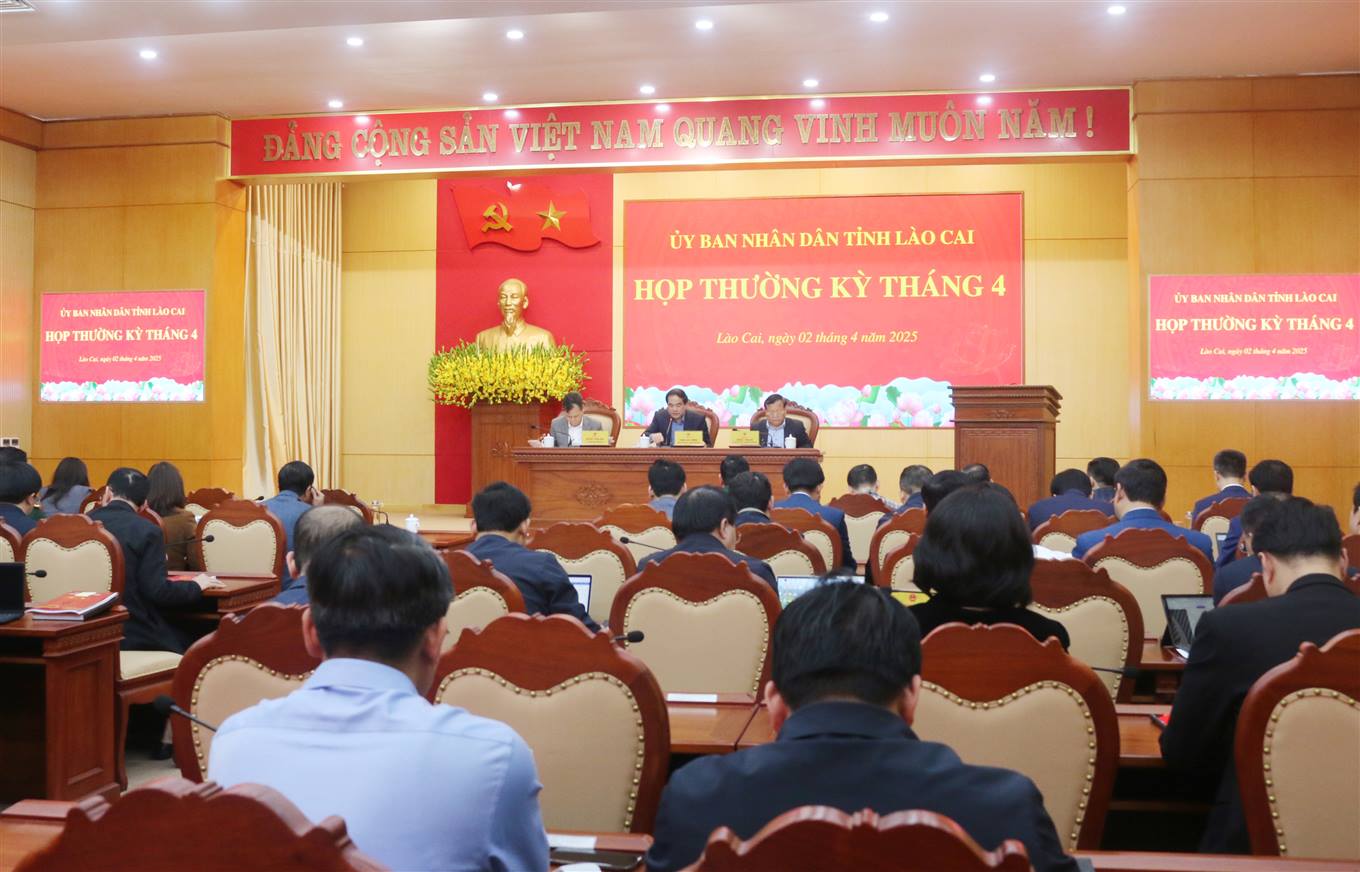
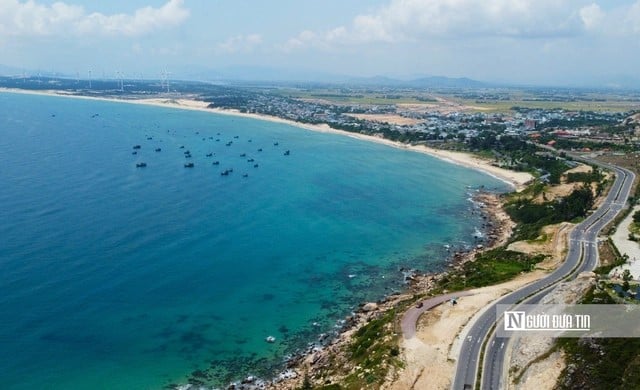
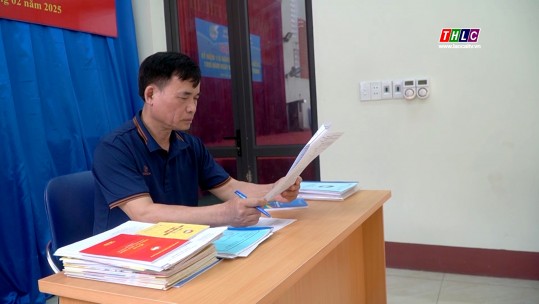
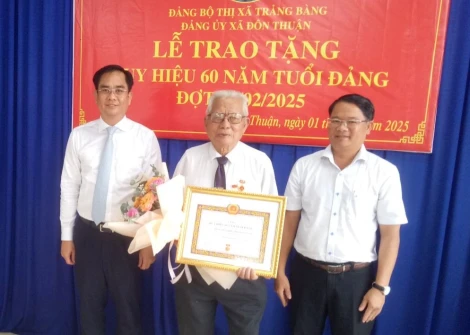




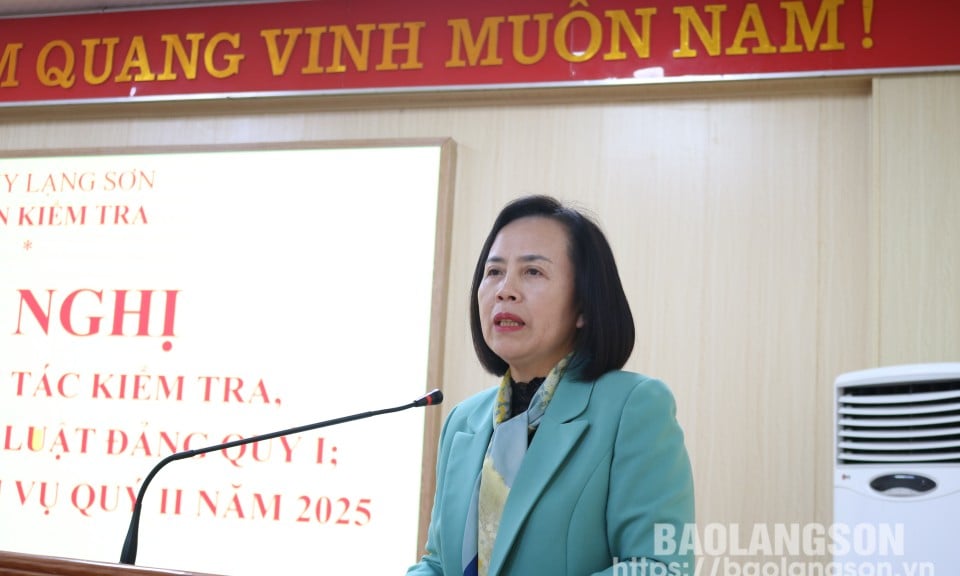
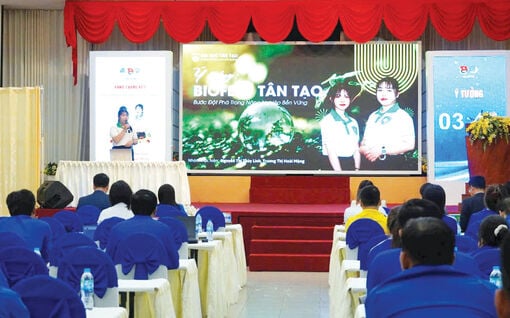
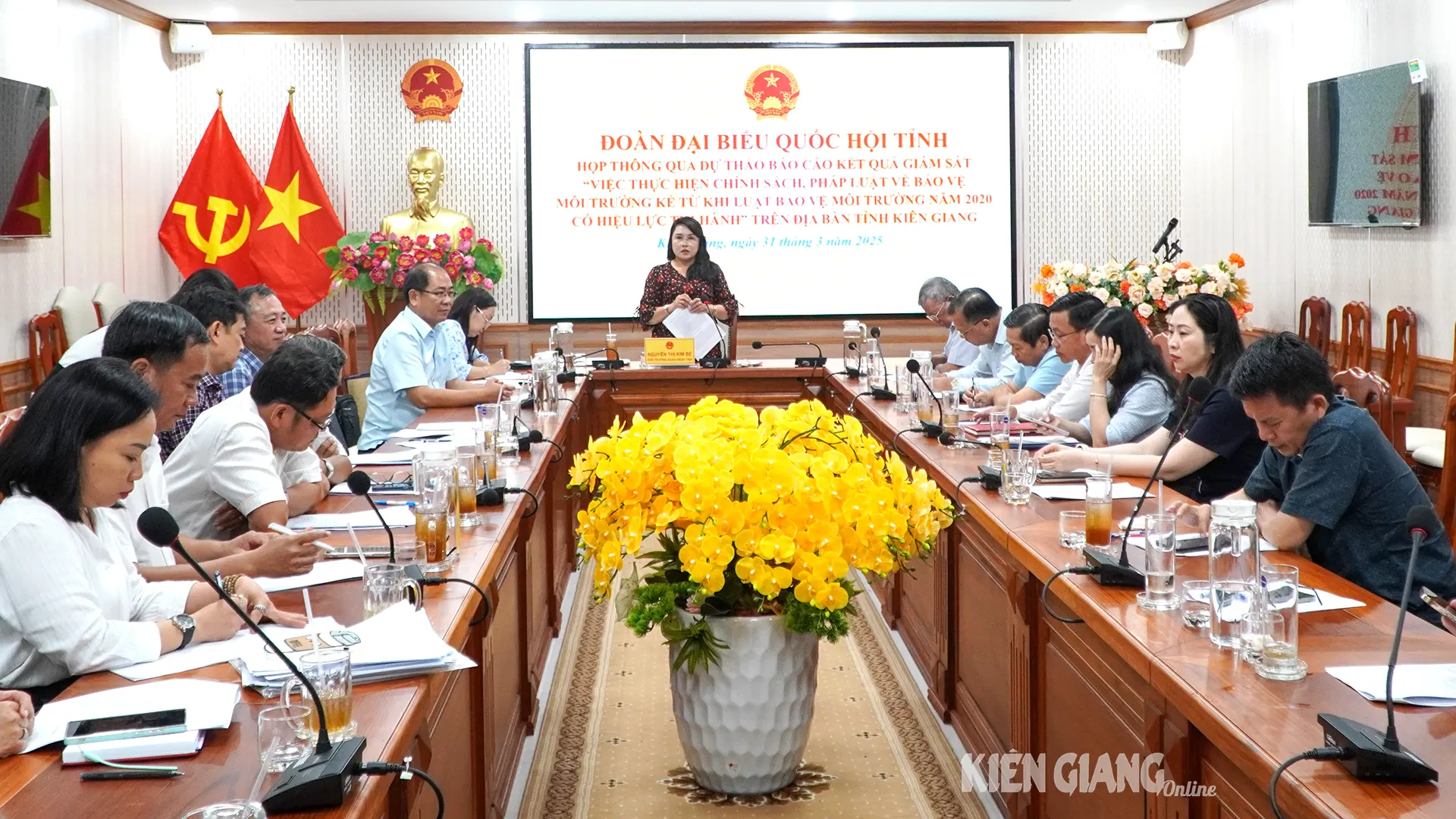
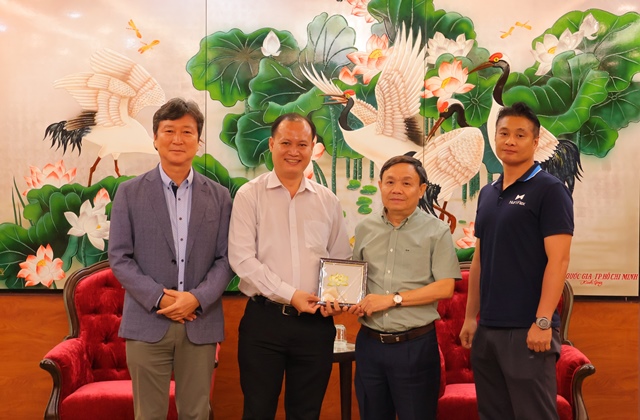
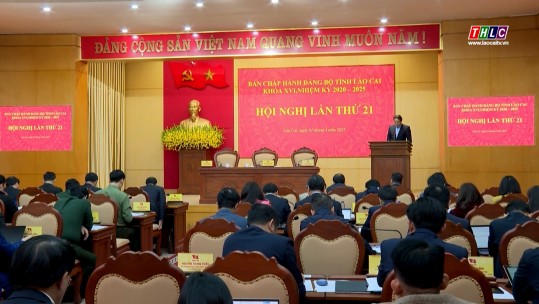
![[Photo] Relatives of victims of the earthquake in Myanmar were moved and grateful to the rescue team of the Vietnamese Ministry of National Defense.](https://vstatic.vietnam.vn/vietnam/resource/IMAGE/2025/4/2/aa6a37e9b59543dfb0ddc7f44162a7a7)











































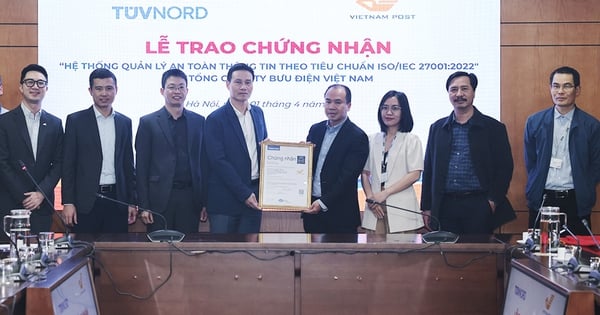

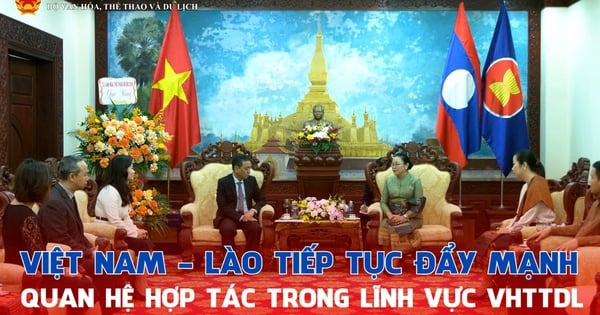


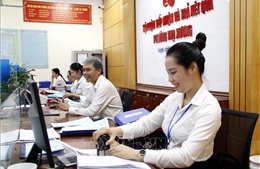
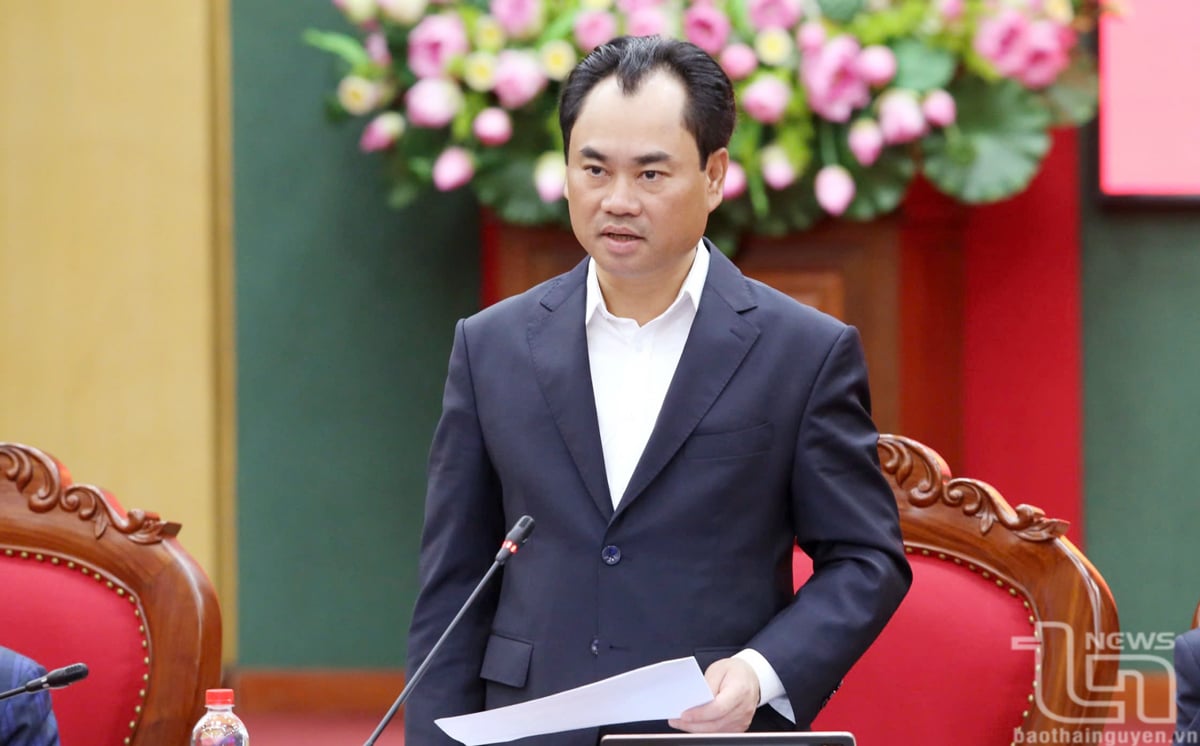
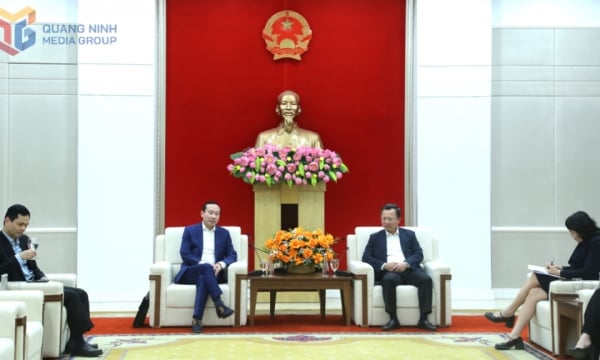
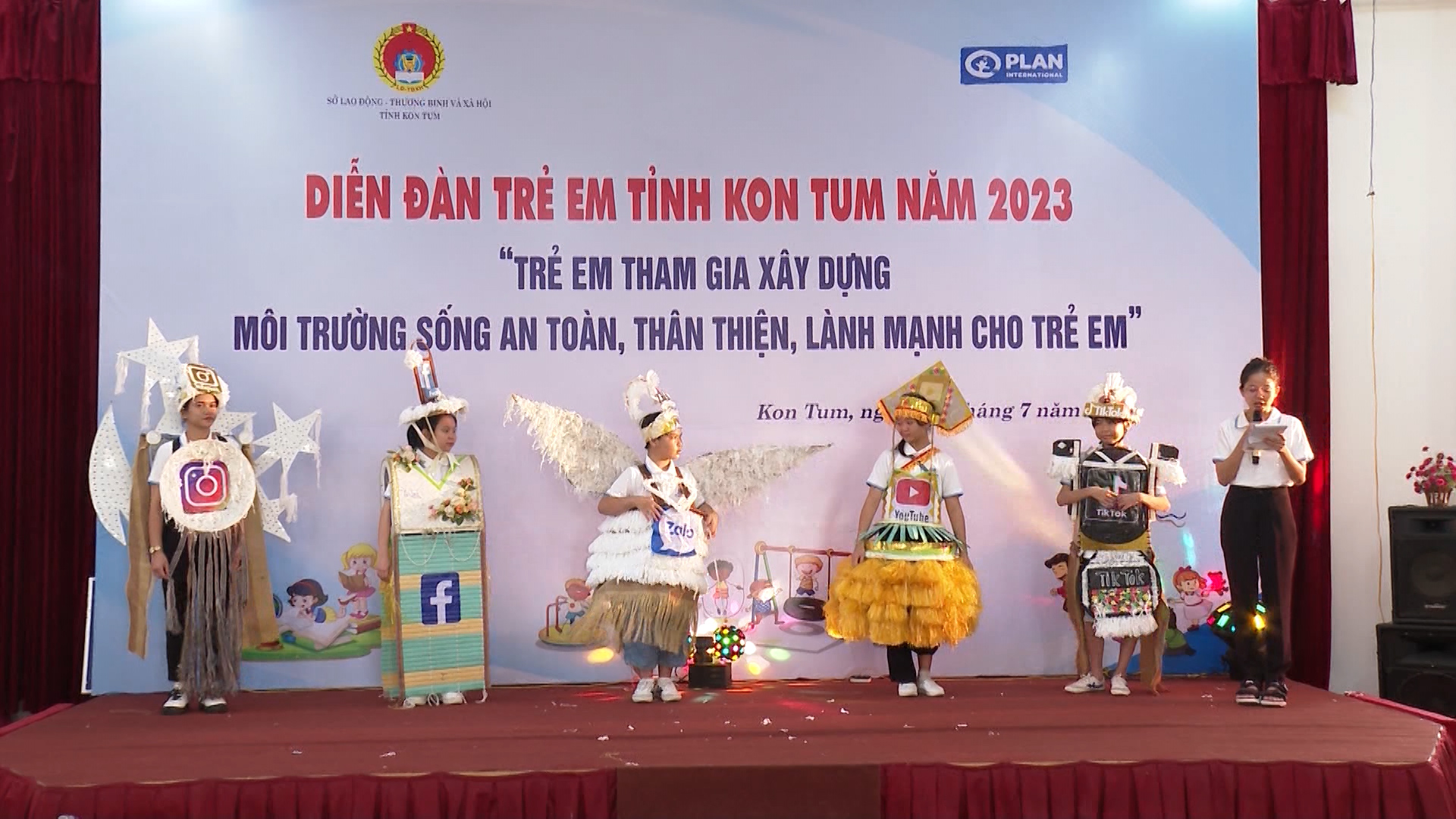


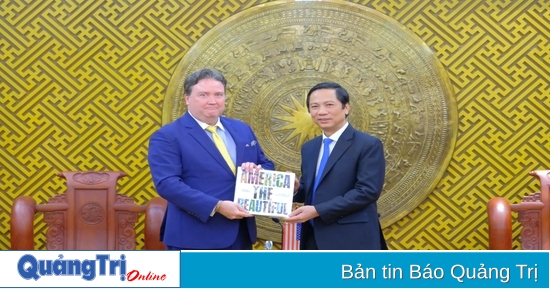












Comment (0)